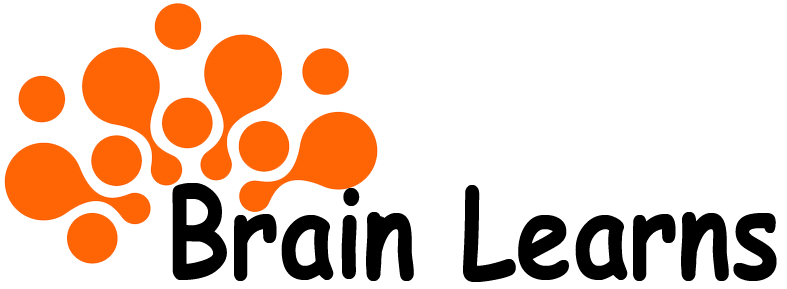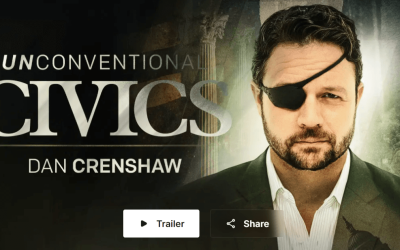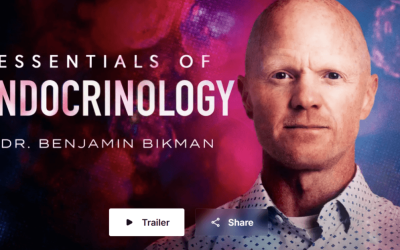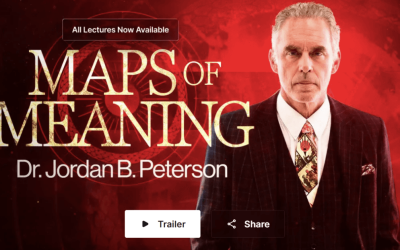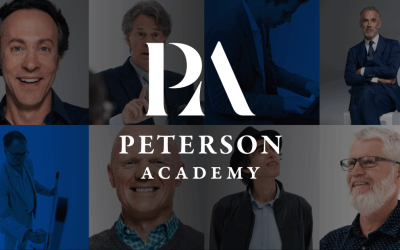🌟 New Year Offer 🌟
Celebrate 2026 with 30% OFF on all products! Use code: NEWYEAR2026. Hurry, offer ends soon!
A nine-hour course, Dr. Brook explores the world of finance, from its ubiquitous role in modern life to its historical evolution and future prospects.
File Size: 8.946 GB.
Format File: 8 MP4, 8 SRT, 9 TXT.
Peterson Academy – Yaron Brook – The Morality & Practice of Finance
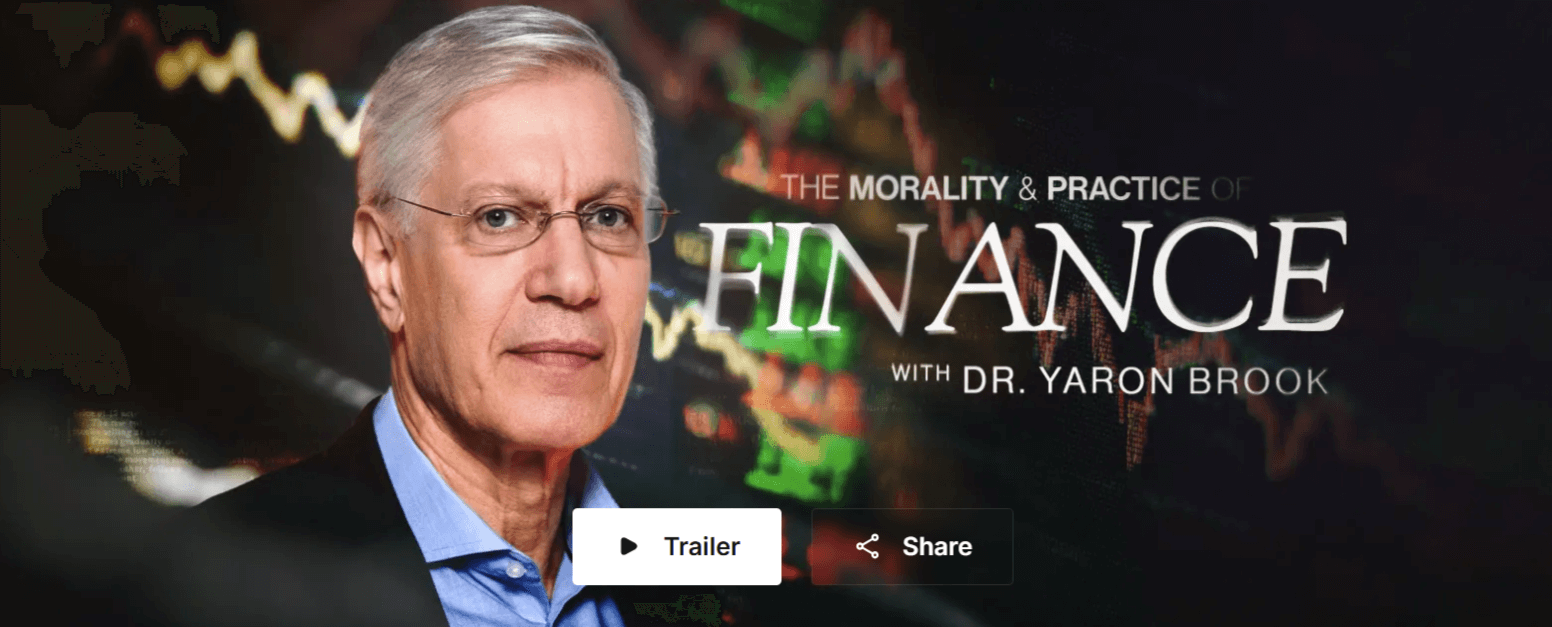
Dr. Yaron Brook
Financial economist
In The Morality and Practice of Finance, a nine-hour course, Dr. Brook explores the world of finance, from its ubiquitous role in modern life to its historical evolution and future prospects. We trace the development of money, banking, and stock markets, examining their core functions, risks, and impact on the economy. The course highlights the complex interplay between finance, regulation, and technological innovation, emphasizing the potential for both progress and instability in an increasingly interconnected financial landscape.
Lectures

- Why Finance Matters
In our introductory lecture, we explore the ubiquitous nature of finance in modern life, from everyday transactions to complex market operations. Dr. Brook delves into the paradoxical relationship between society’s dependence on financial systems and the widespread distrust of financial institutions, highlighting how this tension has led to extensive regulation that potentially hampers economic efficiency. Finally, he outlines upcoming topics including money, banking, stock markets, and the future of finance.

- The Origins of Money
In lecture two, Dr. Brook discusses the historical evolution of money and interest, tracing their development from ancient barter systems to the use of precious metals like gold and silver as currency. We examine the concept of usury—lending with interest—and how its prohibition in Christianity and Islam contrasted with the role of Jewish moneylenders in medieval Europe. Through this lens, the lecture highlights the complex ties between religion, economics, and the emergence of modern banking practices.

- The Birth of Banking
In lecture three, we continue our exploration of the historical evolution of banking and monetary systems, tracing the shift from medieval Christian opposition to usury to more flexible attitudes during the Renaissance and Reformation. The lecture follows the development of modern banking practices—from goldsmiths and fractional reserve banking to the rise of central banks and fiat currency. It concludes by examining the Federal Reserve’s role in contemporary monetary policy and the ongoing debate between government control and market-based alternatives.

- The Business of Banking
In lecture four, we investigate the core functions and risks of modern banking. We examine how banks earn profits by lending, support economic activity through capital allocation and consumption smoothing, and operate under a fragile system of fractional reserve banking. The discussion highlights systemic risks such as moral hazard from deposit insurance and the mismatch between short-term liabilities and long-term assets, as illustrated by crises like the S&L collapse and Silicon Valley Bank. The lecture concludes by examining the decline of traditional banking and the rise of alternative financial institutions.

- The Business of Capital
In lecture five, Dr. Brook talks about the evolution of business financing through the story of Apple’s founding and growth, examining various forms of capital raising from personal investments to venture capital and public markets. We delve into the mechanics and importance of stock markets, discussing how they facilitate capital allocation, provide crucial market signals, and enable both large-scale investment opportunities and liquidity for investors. The lecture concludes by addressing how stock prices reflect market information and their role in efficient capital allocation across the economy.

- Stocks and Strategy
In lecture six, we study how stock markets process information and shape corporate behavior. We explore the concept of market efficiency, the role of speculators, and how prices reflect expectations about risk and returns. The discussion covers episodes of inefficiency, such as meme stocks and market bubbles. We also trace how the stock market reshaped American business in the 1960s–80s through takeovers and financial innovation, highlighting the power of capital markets to drive economic change.

- Risk and Return
In lecture seven, Dr. Brook discusses the fundamental concept of risk in finance, examining how it represents potential negative outcomes and uncertainty in financial markets. He delves into various risk mitigation strategies, including portfolio diversification, insurance products, and derivative instruments like futures and options, while emphasizing the relationship between risk and expected returns. The discussion concludes by explaining how these innovations have expanded the possibilities for financial growth while promoting stability in an unpredictable world.

- The Future of Finance
In our eighth and final lecture, we learn about the complex relationship between finance, regulation, and technological innovation. Dr. Brook argues that while finance has evolved organically, it is increasingly constrained by excessive regulation and centralized control over money. He highlights the potential for fintech and decentralized solutions like cryptocurrency to revolutionize finance, but cautions that the future depends on the balance between centralizing forces of government and the decentralizing power of technology.
Course Features
- Lecture 0
- Quiz 0
- Duration 10 weeks
- Skill level All levels
- Language English
- Students 88
- Assessments Yes
